The industry leader in superimmunodeficient mouse models with broad applications built upon the CIEA NOG mouse®.
Taconic Announces Exciting New Pricing for 2025
Taconic Biosciences is pleased to announce new, more attractive pricing on many of our most in-demand animal models in 2025.
Taconic is known for industry leading innovation and delivery of superior products and services to in vivo researchers. With the launch of our expanded US West Coast facility and other efficiencies within our business, we’re now able to provide our signature service and innovative products together with more attractive pricing to enable the highest level of successful research outcomes, faster and within budget.
Featured Models
Click each card to learn more
Download the 2025 Pricing Guide

Exceptional value and pricing on NOG portfolio models
The first and most versatile severely immunodeficient mouse model
- Immunodeficient model lacking mature T, B, and NK cells
- Displays reduced complement activity
- Has dysfunctional macrophages and dendritic cells
- Displays no leakiness of T and B cells with increasing age
- Very low incidence of lymphoma (unlike NOD scid model)
- Does not develop diabetes
- Excellent model for a variety of xenograft and human cell engraftment studies
- Applications in research involving Cancer, Infectious Disease, Immunology, Regenerative Medicine, Humanization, Autoimmune Disease, Immunotherapy Vaccine, GvHD/Transplantation, Hematopoiesis, Oncology, Inflammation/Allergy, and Safety Assessment
- The Il2rg gene is sex-linked
The hGM-CSF/hIL-3 NOG is an immunodeficient CIEA NOG mouse altered to express human GM-CSF and IL-3 cytokines. The resulting transgenic mouse model supports the differentiation of human myeloid cell lineages and potentiates increased efficiency of hematopoietic stem cell and human immune system engraftment compared to the core NOG mouse.
The model was designed to express relatively low cytokine levels, which maintains the long-term stability of engraftment by preventing the exhaustion of the stem cell pool. This stability makes it a flexible platform for the generation of humanized mice.
- Super immunodeficient NOG mouse expressing human IL-2 cytokine
- Predominant differentiation of human NK cells following human HSC engraftment, with >10-fold higher CD56+ NK cell numbers compared to the base NOG mouse
- Human NK cells developed in hIL-2 NOG mice express various NK receptors and produce both granzyme A and perforin upon stimulation
- May be an improved model for differentiation/engraftment of IL-2 dependent cells including certain blood cancers
- May be useful for efficacy studies involving antibody therapeutics with antibody dependent cell cytotoxcity mechanism of action
- Applications in research involving cancer, infectious disease, immunology, regenerative medicine and human immune system engraftment
- hIL-2 NOG mice produce human IL-2 in the range of 0.5-2.0 ng/mL as measured by MFI serology testing on DBS and serum in February 2023. Based on user feedback, this level appears sufficient to support engraftment of primary human T cells.
- Super immunodeficient NOG mouse expressing human IL-15 cytokine
- Predominant differentiation of human NK cells following human HSC engraftment compared to the base NOG mouse, but survival time is limited
- Engraftment and expansion of human NK cells following engraftment with CD56+ NK cells derived from PBMCs
- hIL-15 NOG mice produce human IL-15 in the range of 1.0-4.0 ng/mL as measured by MFI serology testing on serum in September 2022
- The hIL-15 NOG mouse is optimized for engraftment of isolated primary human NK cells, immortalized human NK cell lines or human NK cell therapies. Humanization with HSCs is not recommended in this model. While HSC engraftment results in strong proliferation of NK cells, lifespan post-differentiation is very limited. Humanization of this strain with PBMCs is not recommended as an optimal model to study human NK cells, but may be of interest for GvHD applications.
- May be useful for efficacy studies involving antibody therapeutics with antibody dependent cell cytotoxcity mechanism of action
- Applications in research involving cancer, infectious disease, immunology, regenerative medicine and human immune system engraftment
- Super immunodeficient NOG mouse expressing human IL-6 cytokine
- Enhanced expansion of human monocytes following human HSC engraftment
- May be useful for study of tumor-infiltrating macrophages
- May be suitable host for hIL-6 dependent multiple myeloma (MM) patient derived xenograft (PDX) and tumor samples
- Applications in research involving cancer, immunology, regenerative medicine and human immune system engraftment
- The B2m-NOG is an immunodeficient CIEA NOG mouse® with an additional knockout of the B2m gene which disrupts MHC class I antigen presentation
- B2m-NOG mice can successfully engraft human PBMCs and tumors
- Compared to NOG, B2m-NOG mice have markedly delayed GvHD onset after human PBMC engraftment, providing an expanded study window (8+ weeks). This vastly increases the utility of the model in immuno-oncology experiments.
- B2m-NOG has reduced efficiency of human PBMC engraftment relative to NOG as well as a CD4+ bias that increases over time in engrafted peripheral blood T cells (see data section)
- Available engrafted with human PBMCs as huPBMC-B2m-NOG
- The FcResolv® hIL-15 NOG is a super immunodeficient NOG mouse that expresses human IL-15 to support engraftment of human NK cells and which has a further reduction in residual murine immune activity via ablation of mouse Fc gamma receptors (FcγRs) in order to reduce experimental confounders.
- Murine FcγRs can confound experiments in several ways, leading to false positive or negative results. Removing murine FcγRs provides improved accuracy for efficacy assessment of antibody-based therapies which include an Fc domain.
- Lacks all murine FcγRs, including the FcγRI, IIB, III and IV types, along with the high affinity FcεRI receptor. The low affinity FcεRII receptor remains present.
- Supports engraftment of human NK cells following engraftment with CD56+ NK cells derived from PBMCs and can be used in a similar fashion to the hIL-15 NOG
- The FcResolv hIL-15 NOG mouse is optimized for engraftment of isolated primary human NK cells, immortalized human NK cell lines or human NK cell therapies. Humanization with HSCs is not recommended in this model. While HSC engraftment results in strong proliferation of NK cells, lifespan post-differentiation is very limited. Humanization of this strain with PBMCs is not recommended as an optimal model to study human NK cells, but may be of interest for GvHD applications.
- Useful for efficacy studies involving antibody therapeutics with antibody-dependent cell cytotoxicity (ADCC) mechanism of action
- Applications in research involving cancer, infectious disease, immunology, regenerative medicine, and human immune system engraftment
- The FcResolv® NOG-EXL is a super immunodeficient NOG mouse that expresses human GM-CSF and IL-3 cytokines and has a further reduction in residual murine immune activity via ablation of mouse Fc gamma receptors (FcγRs) to reduce murine immune cell interactions with antibody-based drugs
- This model can be used in a similar fashion to the NOG-EXL mouse, including for xenograft and immune system humanization experiments
- Murine FcγRs can confound experiments in several ways, leading to false positive or negative results. Removing murine FcγRs provides improved accuracy for efficacy assessment of antibody-based therapies which include an Fc domain.
- Lacks all murine FcγRs, including the FcγRI, IIB, III and IV types, along with the high affinity FcεRI receptor. The low affinity FcεRII receptor remains present.
- The NOG-EXL model was designed to express relatively low cytokine levels, which maintains the long-term stability of engraftment by preventing the exhaustion of the stem cell pool. This stability makes it a flexible platform for the generation of humanized mice.
- Supports myeloid lineage engraftment through human IL-3 and GM-CSF cytokine expression
- More efficient CD34+ human hematopoietic stem cell (HSC) engraftment
- Higher levels of myeloid cell differentiation following human HSC engraftment
- Low cytokine expression and successful long-term HSC engraftment
- NOG-EXL mice are a superior host for acute myeloid leukemia (AML) patient-derived xenografts.
- Research applications include the generation of humanized mouse models, oncology, infectious disease, and regenerative medicine
Get a more accurate assessment of your antibody-based drug efficacy. Functional knockout of the murine Fc gamma (Fcγ) improves experimental results to get you the right answer faster.
- The FcResolv™ NOG is a super immunodeficient NOG mouse that has a further reduction in residual murine immune activity via ablation of mouse Fc gamma receptors (FcγRs) to improve accuracy of results.
- Murine FcγRs can confound experiments in several ways, leading to false positive or negative results. Removing murine FcγRs provides improved accuracy for efficacy assessment of antibody-based therapies which include an Fc domain.
- Lacks all murine Fcγ receptors, including the FcγRI, IIB, III and IV types, along with the high affinity FcεRI receptor. The low affinity FcεRII receptor remains present.
- Can be used in a similar fashion to the NOG mouse, including for xenograft and immune system humanization experiments
- FcResolv NOG mice support higher average levels of human cells following engraftment with HSCs compared to the base NO
- Also known as Alb-HSVtk-NOG and albumin-TK-NOG, super immunodeficient NOG mouse with transgenic expression of thymidine kinase under control of liver-restricted albumin promoter
- Useful for humanizing liver via engraftment with human hepatocytes and/or humanizing immune system via engraftment of human immune cells/tissues or hematopoietic stem cells
- Inducible ablation of murine hepatocytes by ganciclovir treatment enables stable, long-term engraftment of human hepatocytes
- The premiere model for human liver toxicity, metabolism, and infectious disease
- Other uses include safety and immunogenicity assessment
- Please note the scientific nomenclature of this strain was updated in Sept 2021 to reflect most current allele designations
Signature Reliability Delivered at Best Value, Without Compromise:
Taconic’s decades of expertise in animal model development means that we're always ahead of the curve, continuously improving our models to meet evolving research needs.
Our animal models are known worldwide for consistency and reproducibility, and our breeding, testing, and health standard monitoring adhere to stringent protocols. In fact, as part of our commitment to quality, we maintain a continuous improvement system that safeguards animal welfare and ensures accountability
Dedicated Scientific Support Teams, Always:
Taconic delivers the industry’s most advanced innovation in animal models together with unparalleled customer support provided by expert project management and customer success teams, always.
Taconic provides PhD level support services to enable close collaboration to tailor animal models to your research protocol and budget. Contact our sales and support teams today to learn how innovation in our business, and our 2025 pricing, can benefit your research.
Explore all Models & Services
Taconic offers a robust selection of mice and rats, and is the only fully integrated laboratory animal provider harmonizing industry-leading custom model generation and colony management solutions. Explore our best-selling portfolios and services, or reach out to a field applications scientist for a complimentary consultation to evaluate which offerings best suit your research needs.
Don't see what you're looking for? Search for your solution or explore all models and services.
- Products
- Services
Ready to Order or Have Questions?
If you need immediate assistance, please contact Customer Service:
Taconic Corporate Offices
Email: info@taconic.com
Phone: +1 (518) 697-3900
273 Hover Ave., Germantown, NY 12526
North American Customer Service
Email: info@taconic.com
Phone: +1 (518) 697-3915
Toll-free: +1 (888) 822-6642
Hours: (Monday - Friday): 7 a.m. - 6 p.m. ET
European Customer Service
Email: info@taconic.com
Phone (Europe and Denmark): +45 70 23 04 05
Phone (Germany): +49 214 50 68 023
Hours: (Monday - Friday): 7 a.m. - 5 p.m. CET


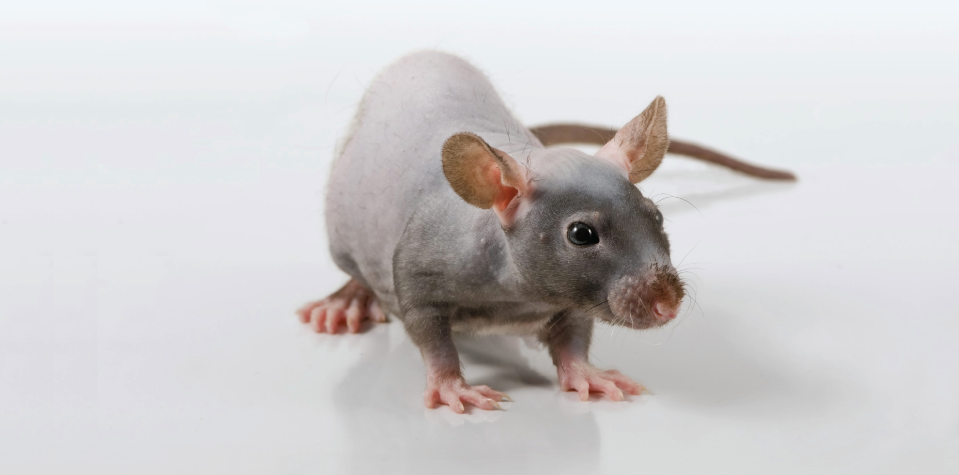
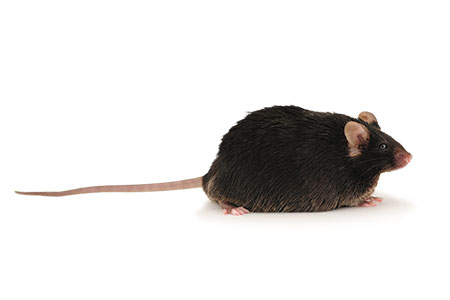
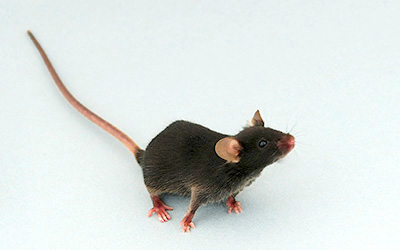
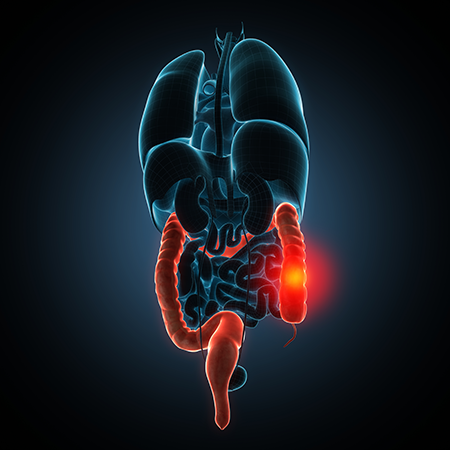




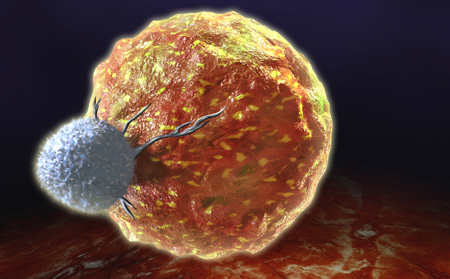

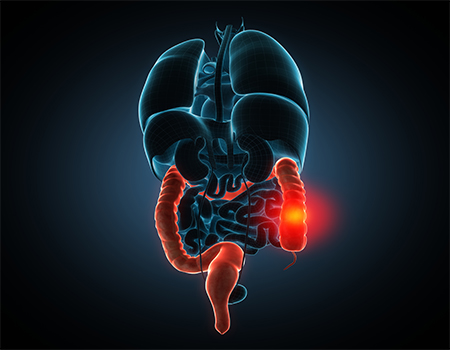
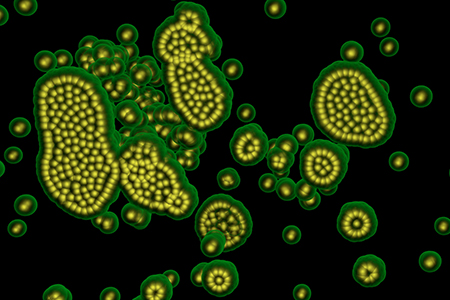

.jpg)

.jpg)
.jpg)
.jpg)
.jpg)



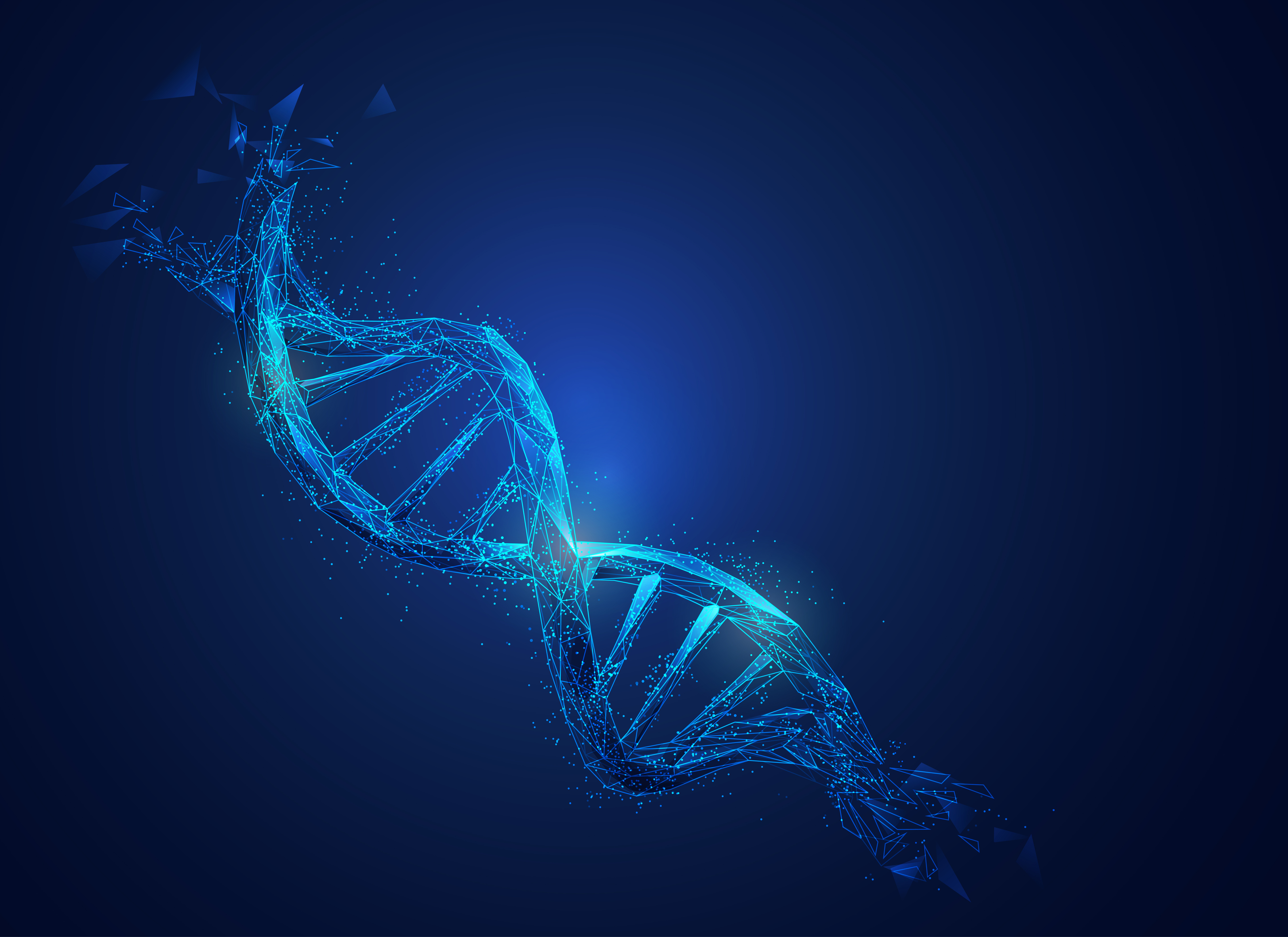
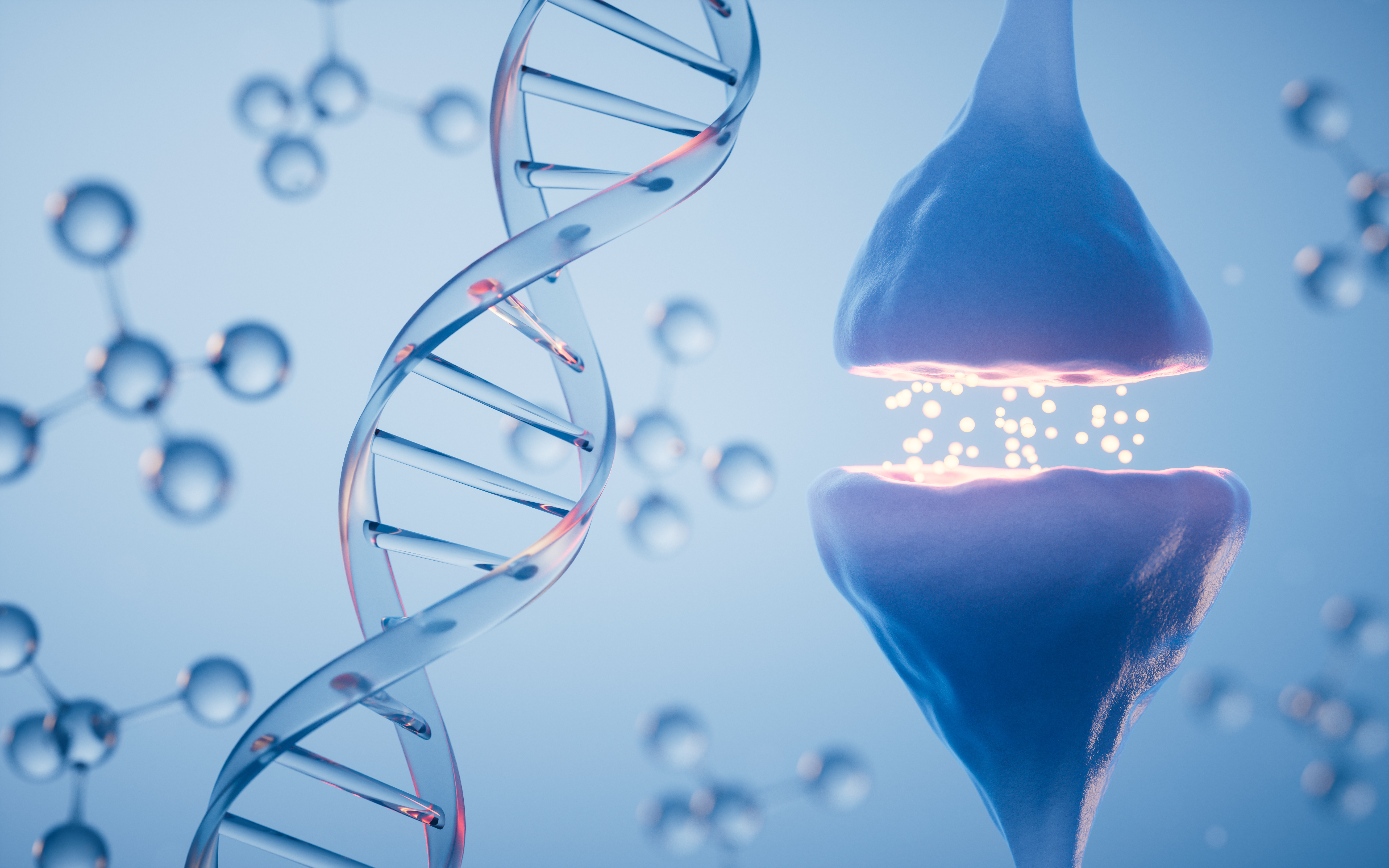
.jpg)


.jpg)
.jpg)

.jpg)


.jpg)





.jpg)

.jpg)



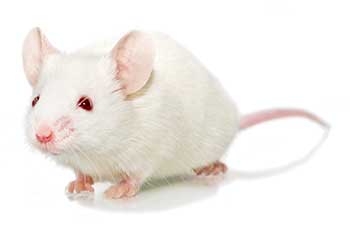
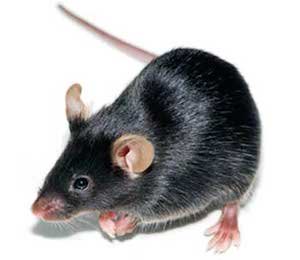



















?ts=1729877756505&dpr=off)